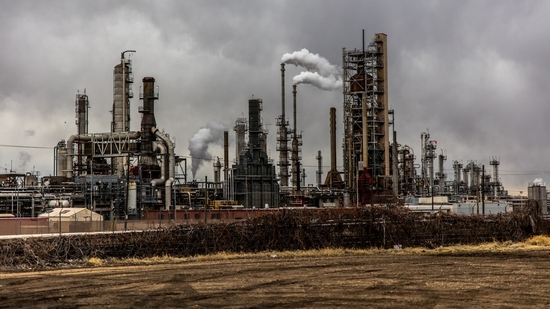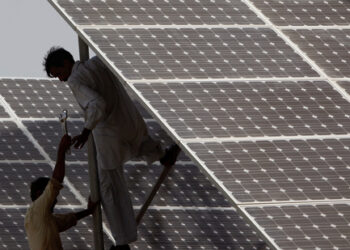Despite notable reductions in factory and vehicle emissions, nearly half of the U.S. population—over 156 million people—are still breathing unhealthy air. The latest State of the Air 2025 report by the American Lung Association (ALA) highlights a sobering truth: wildfire smoke has become the dominant source of air pollution in the United States.
Covering data between 2021 and 2023, the report focused on three primary pollutants—ground-level ozone (commonly known as smog), year-round particle pollution, and short-term spikes in particulate matter. The results reveal a concerning trend: wildfire seasons are becoming longer and more intense, producing fine particulate matter that seeps into lungs and causes severe respiratory issues.
Cities on the West Coast continue to be among the hardest hit. Bakersfield-Delano in California ranked as the most polluted city in the country for year-round particle pollution. Visalia and Fresno-Hanford-Corcoran—both in California’s Central Valley—followed closely behind.
Other cities with worsening air include Detroit (Michigan), Eugene (Oregon), Houston (Texas), Los Angeles, and San Jose. The spike in air pollution has even affected cities in traditionally cooler climates, such as Fairbanks in Alaska and Missoula in Montana.
“This year’s report shows the dramatic impact that air pollution has on a growing number of people,” said Harold Wimmer, ALA’s president and CEO. “Even as more people are breathing unhealthy air, the federal staff, programs and policies that are supposed to be cleaning up pollution are facing rollbacks, restructuring, and funding challenges.”
Experts point to multiple reasons behind these deteriorating conditions. “Air pollution levels are influenced by a number of factors including population, geography, and typical weather,” said Peter DeCarlo, professor of environmental health at Johns Hopkins. “California has all of the ingredients—high population, mountain ranges, the central valley, and a sunny climate—ideal for trapping pollutants.”
The report serves as a wake-up call. As wildfire smoke continues to undo decades of progress in air quality, environmental agencies may need to recalibrate their strategies to confront this new and evolving threat.








 India
India












